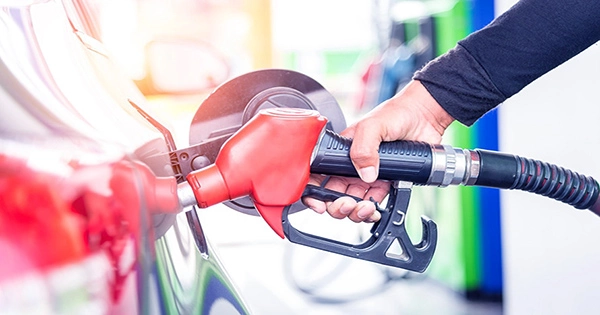If you’ve ever stopped breathing the strangely pleasant gas station air for a while, you might have pondered how the pump determines when to turn itself off.
The solution is rather intricate. As YouTuber and science communicator Steve Mould stated in a recent video, you may imagine a straightforward electronic detector that instructs the pump handle to shut off when wet, but that is far from the truth.
Thanks to something known as the Venturi effect, which was discovered in 1797 by Italian physicist Giovanni Venturi, you don’t spill your gas all over the station floor.
The Venturi effect’s fundamental principle states that as fluid moves through a constrained space (see pipe picture below), its speed increases and its static pressure falls, as shown by the tubes jutting out of the diagram.
Gas pumps have made use of this theory. You could have seen a second, much smaller pipe inside the nozzle. This acts similarly to tube number 2 above, entering the system at a constriction point, as Mould describes.
The smaller nozzle draws air into the system, which is pumping gas into your car, relieving some of the pressure because the pressure in the confined area of the gas pump is lower than atmospheric pressure.
Up until a particular stage of your refueling procedure, that is. The smaller nozzle now contacts the gasoline filling your tank. It is more challenging to draw the gas through because of its density (a liquid; side note: America, we really need to speak about how confusing it is to label a liquid “gas”).
The clever aspect is that the tube breaks in half close to the connection to the constriction in the pipe, as shown using props in the video. The suction in the other split pipe rises in response to the liquid obstructing the tiny tube at the nozzle’s end. The basic idea is that this increase in suction pressure may be employed to pull on a membrane, shutting off the main nozzle and preventing dangerous gasoline spills. There is more to it, though, including ball bearings and a cunning lever arrangement in the handle.
















